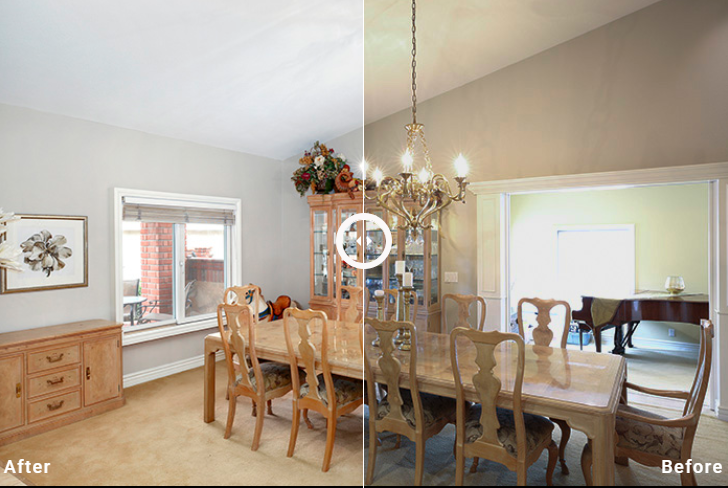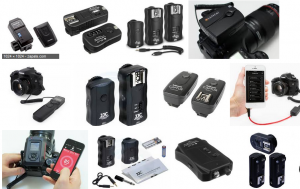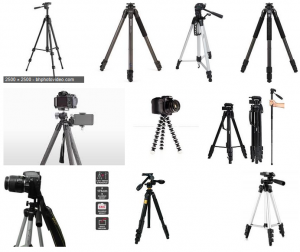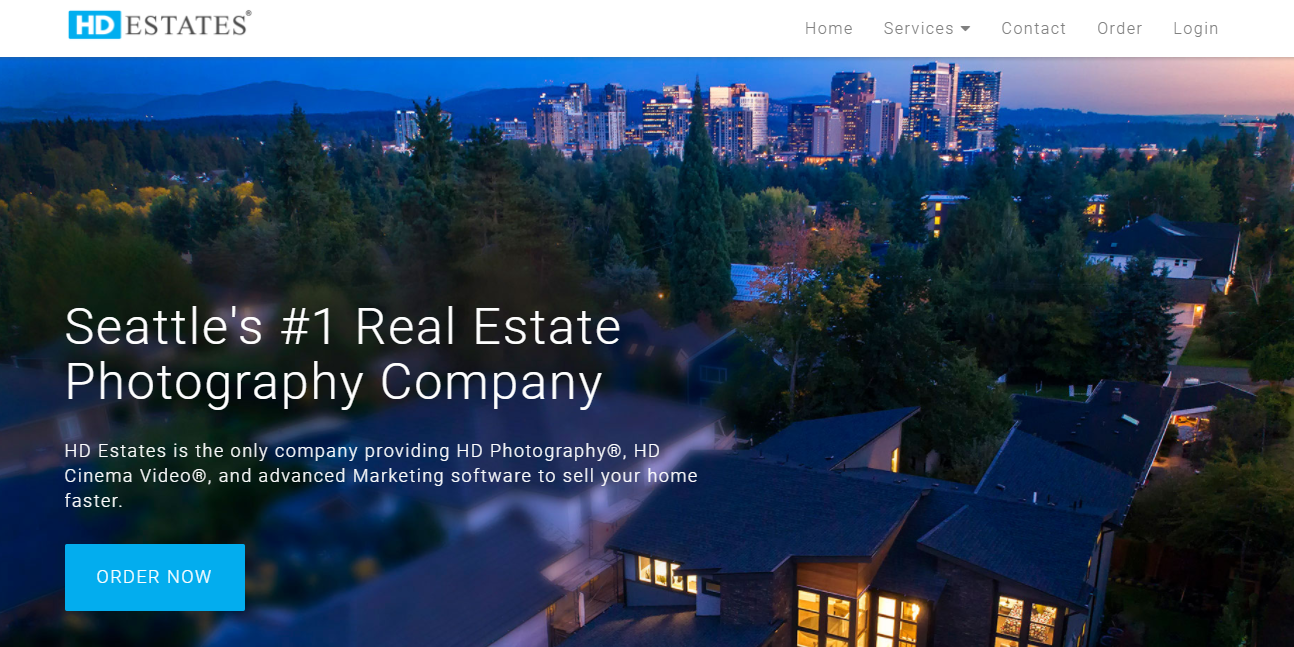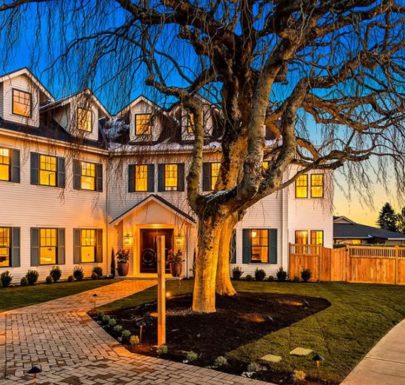Different kinds of photography utilize different kinds of techniques. When you’re dealing with people, you need direct them and pose them in a certain way in order to achieve the look that you’re going for. With real estate photography, you have to take a different approach. Since your subjects are spaces, you need to style the space and use specific real estate photography camera settings to achieve the kind of look that depicts the property and its market.
If you want to delve into real estate photography, make sure that you know the essentials in order to deliver the best photos.
Tools You Need
Before you start shooting, you need to have the equipment in real estate photography. Start off with a digital SLR or a mirrorless camera that you can use manually. Having a good camera will give you an advantage when shooting on location. You have full control with a manual camera so you can adjust the settings as needed. Make sure that you have a wide-angle lens ready to be able to capture big rooms or properties. This is a mainstay in real estate photography and is a good investment. You also need a sturdy tripod and an external flash system or lighting to fill in the dark areas of the space.
Having all these gears ready will set you up towards a good shoot. This ensures that you have all the bases covered.
The Best Camera Settings for Real Estate Photos
Knowing the best setting to use, especially when you’re using a manual camera. If you’re a real beginner, then you might want to spend some time in familiarizing yourself with the different settings and buttons in your camera. This ensures that you know which buttons to use in order to get the results.
• In-camera HDR mode –HDR photography is a basic when it comes to real estate photography. This creates images with more depth and details. If you’re new to photography, you can use the in-camera HDR setting instead of shooting and editing photos on your own. This lets the camera blend three different exposures automatically to get an HDR photo. Unfortunately, the image will not be as professional-looking as the other HDR photos. However, this is a good option for starters who want an HDR photo will no effort.
• Bracket image shots – Bracketing is a technique that’s widely used to achieve HDR. By using this setting, the camera takes three pictures at three different exposures. One will be at 0, the other will be at -3, and the last one will be at +3. You’re getting a wide range of lighting situations with this setting. The photo in -3 will have dark interiors but crisp windows while the image with 0 will be your neutral image. The +3 photo will provide a well-exposed image, especially on the darker parts of the room. You have to take these images into your software and blend these three together to create an HDR image. This allows you more control in how your image will look after.
• Lower ISO – In shooting real estate, it’s best to stick with around 100 to 400 ISO. Anything higher than 400 usually creates grain in the images. Shooting in these ISO settings will give you a crisp and sharp image.
• Aperture of F7.1-11 – Opting for a mid-range aperture gives you clear results, especially when you’re using a wide-angle lens. With lower apertures, you get sharper areas in the middle and some soft focus on the outer parts. The middle ranges of the aperture give you a perfect balance in order to create sharper images with the wide-angle lens.
• Self-timer – This setting will come in handy to avoid shaking the camera if you’re pressing the shutter manually. This prevents any blurs on the image.
• RAW setting – Shooting in RAW gives you higher quality of images. Since the information on RAW photos is not compressed, you are able to correct certain problems and make proper adjustments.
Top Five Cameras Used For Real Estate Photography
In line with camera setting, having the best gears in real estate photography can make a difference. Using professional equipment allows you to take better shots and produce high-quality images.
The following cameras are top cameras that you can use for real estate photography. These allow you great control in taking the photos so you are able to mix and match settings.
1. Panasonic Lumix GH5 – This is a great camera that is perfect for capturing 4K videos. It has a 20.3-megapixel sensor that creates high-quality images, as well. The camera has a good image stabilization feature that reduces the motion blur and an advanced autofocus system for steady images. It also has a good grip and design to it.
2. Canon EOS 5D MIV – This full-frame camera from Canon is built with a 30.4-megapixel sensor. Since it is a full-frame camera, it can capture more light and a larger part of the scene. It comes with a high-resolution sensor and an ISO range of 100 to 32000. You can also shoot 4K videos with this camera at 30p or 24p.
3. Nikon D750 – This is another full-frame camera that has a 24.3-megapixel resolution. The D750 is Nikon’s most affordable full-frame camera. It has a tilting screen that may be convenient for certain shots. It has a built-in Wi-Fi compatibility and connectivity. You can also shoot HD videos with the Nikon D750.
4. Sony Alpha a7R III – This mirrorless full-frame camera has a powerful 42.4-megapixel sensor that creates images of up to 7952 x 5304 pixels. It comes with a native ISO range of 100 to 32000 and a touchscreen tilting LCD. This has an advanced hybrid AF system and an amazing body-based image stabilization that minimizes motion blur and is useful for shooting in low light.
5. Fujifilm X-T2 – This is a great all-around mirrorless camera that’s at par with other DSLRs for real estate photography. It has a 24.3-megapixel sensor that can produce high-quality images. It’s smooth and easy to use and comes with a 325-point autofocus system that’s great for shooting in low light and in reducing motion blurs.
The good thing about these cameras is that these are flexible and can be used for different types of photography. If you’re a photographer who wants to play around, then you can do so with these cameras. No matter what or who your subject is, you can use your camera to suit your needs.
Real Estate Photography Tips
Aside from using the best gears and the best settings when shooting real estate, you also need to have a few tricks under your sleeves in order to have a better session. Here are some tips that can help you in making your photo shoot smoother and easier:
• Use a tripod – Don’t underestimate how useful a tripod will be in photo shoots, especially in real estate photography. Propping your camera on your tripod keeps it steady on long exposure shoots. This allows you to handle low light scenes and creates no motion blurs. This also makes you flexible especially when you are dealing with a challenging space to shots.
• Lightstands are your best friends – Having extra light stands will come in handy when you need light in a certain part of the room. Instead of relying on a countertop to place your Speedlight, a sturdy light stand will keep your light in place.
• Preset editing – Have some handy presets for real estate photography ready when you just want some quick fixes and editing. There are presets that you can purchase or download for free. Just make sure that you look for those that suit real estate photography of the kind of look that you’re after. This might take a lot of testing and experiment on your part. However, it pays to find one that works for you. You can also create your own preset that you can use for all your shots. This readies all your preferred editing techniques in just a single button so you can quickly edit photos.
• Be mindful of your verticals – It is often hard to keep your lines straight, especially the verticals in your image. As a real estate photographer, however, you need to be mindful of the vertical lines. Use the levels in your camera to keep your verticals straight. You can also edit this in Photoshop by using the transform feature. Make sure that you align windows, doors, cabinets, or wall edges on your photos.
• Extra batteries – It’s a newbie mistake to forget extra batteries on a shoot. Always bring two or more batteries for long shoots just to make sure that you got everything covered. You don’t want to keep on charging after a few hours just because you forgot to bring extras. This ensures that you have a continuous shoot and that you’re making the most out of your time.
• Be flexible – Lastly, it’s important to be flexible when doing real estate photography. There will be times when the weather and lighting conditions won’t go as planned. You might need to return to the property to do a second photo shoot or to work with what you got by using the available light that you have.
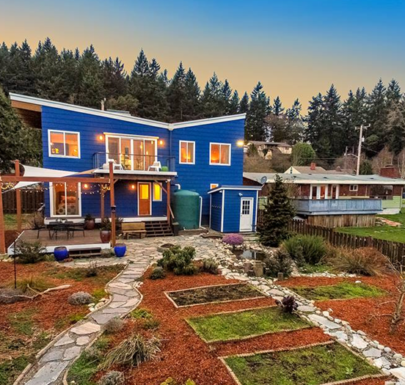
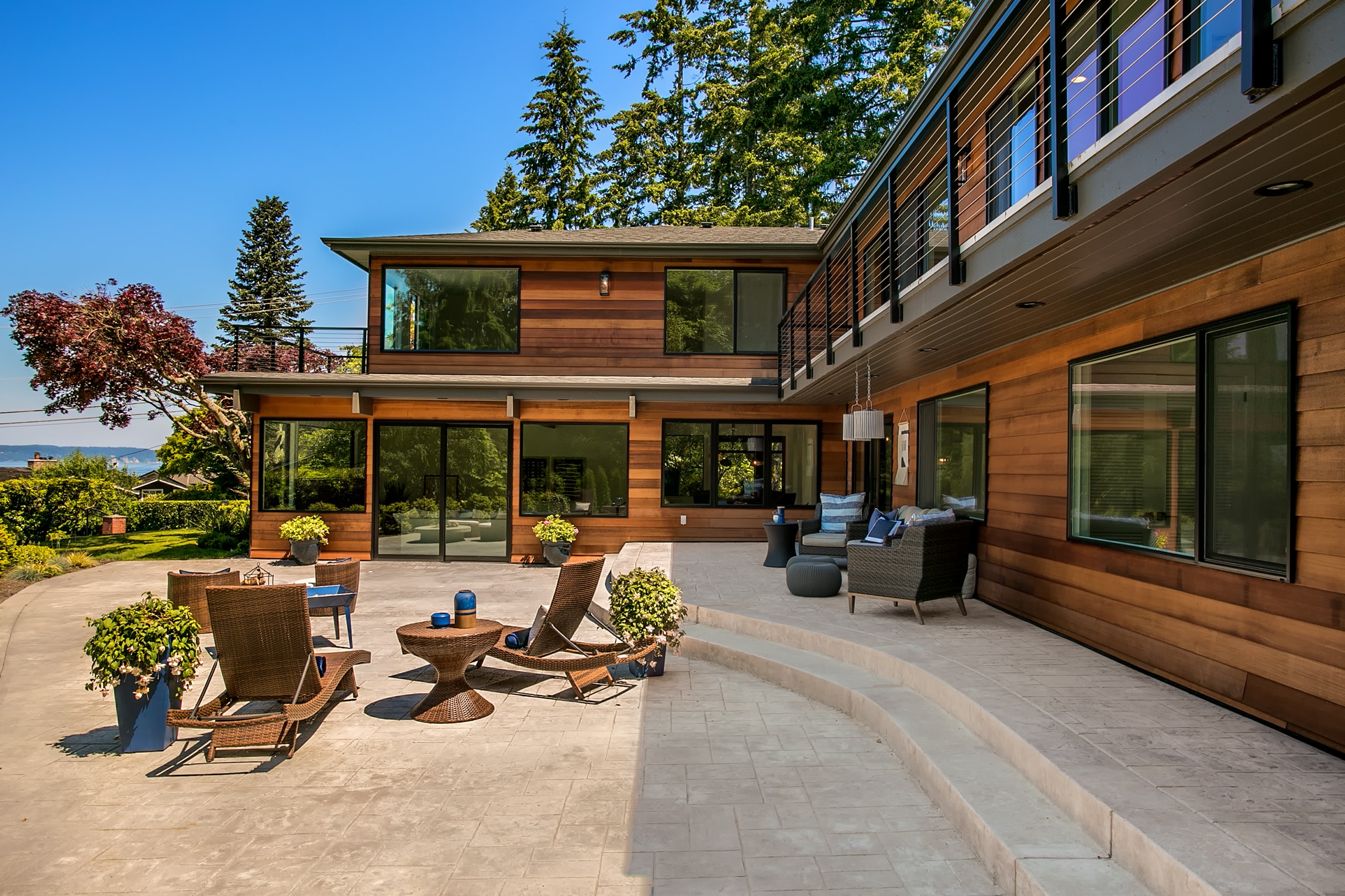
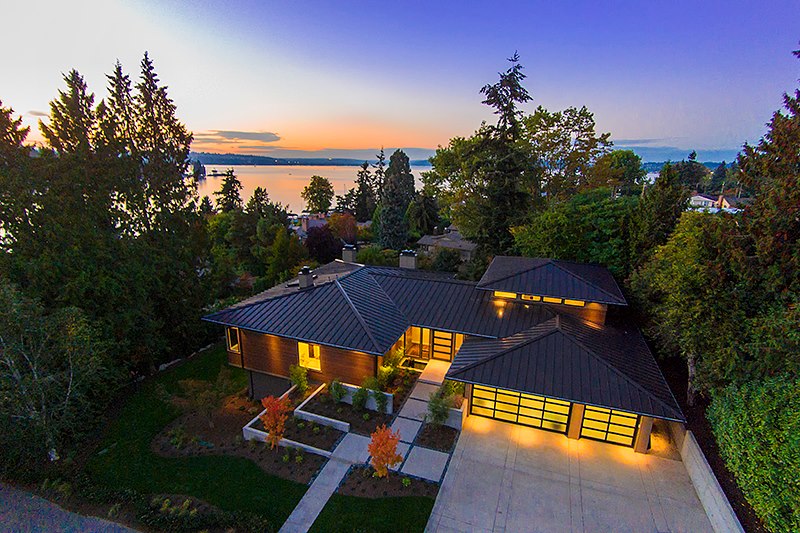
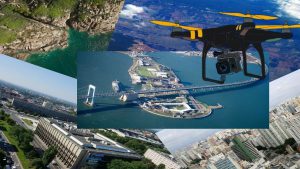
 Claire Wright, a savvy tech nerd and self-taught photographer who lives in Seattle and working at one of the best real estate photography companies called HD Estates.
Claire Wright, a savvy tech nerd and self-taught photographer who lives in Seattle and working at one of the best real estate photography companies called HD Estates.